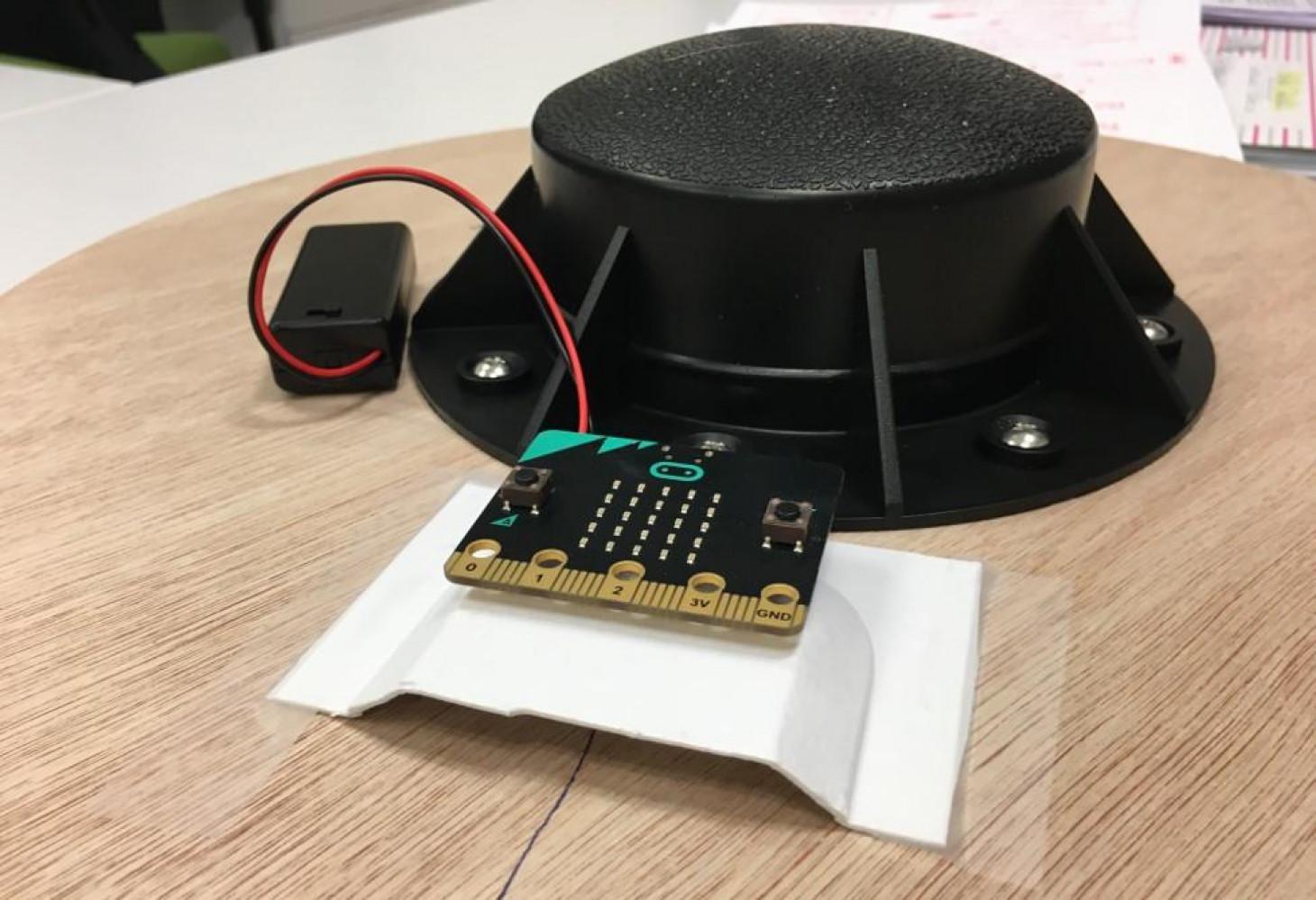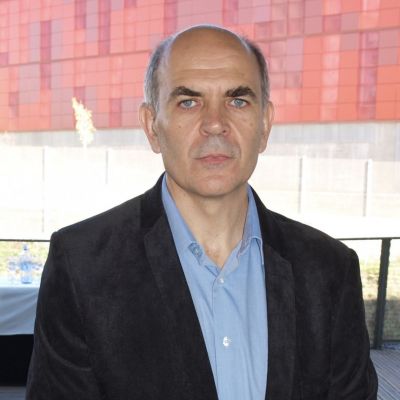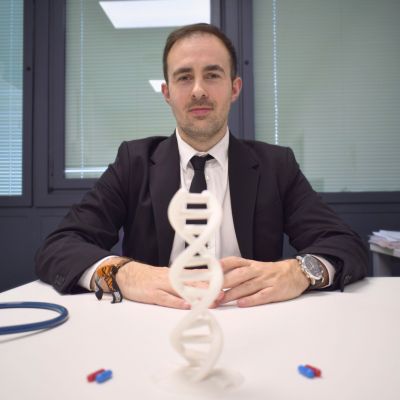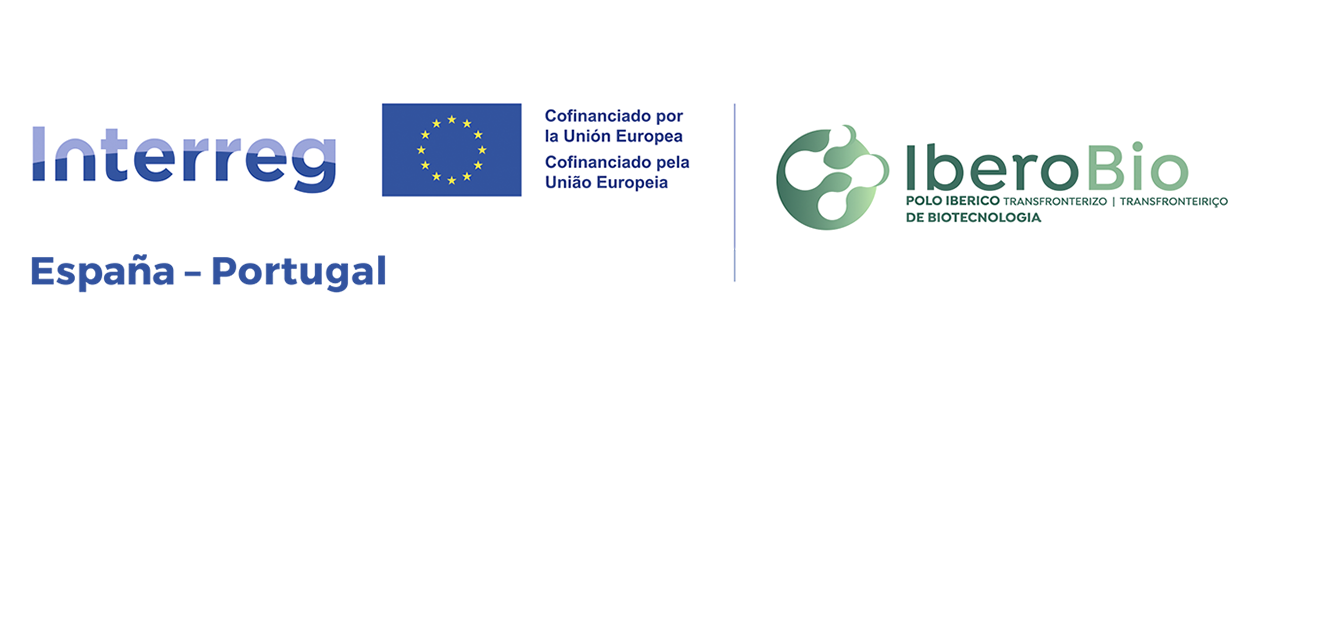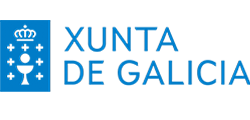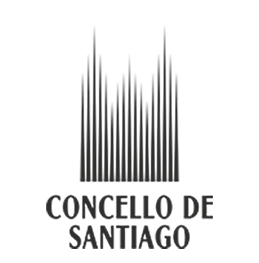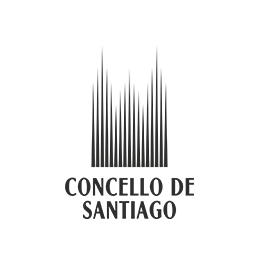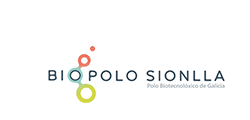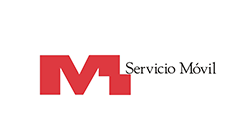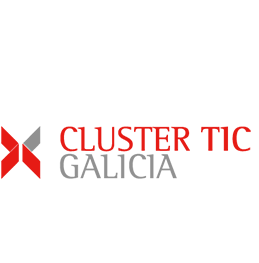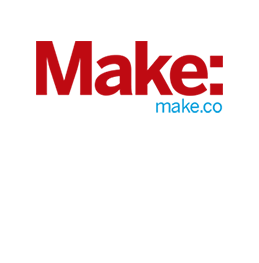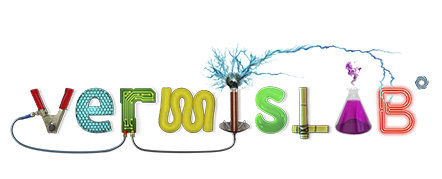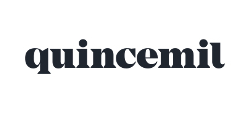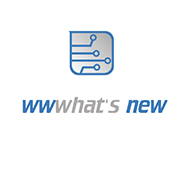What is a hackathon?
The first hackathons were collaborative software development meetings that took place over one or two days. Today the term has become very popular and is also used for meetings for hardware development, project conceptualization, redesign of products or services, etc... and that have agility and reduced time space in common.
Normally in a Hackathon a challenge is posed at the beginning and all the participating teams work on solving it until the time runs out.
And an assistive technology hackathon?
This year, at the Maker Faire Galicia we will carry out our first assistive technology hackathon, which is aimed at developing projects that facilitate and improve the day-to-day life of people with functional diversity. To carry it out we have the collaboration of ASPACE Coruña, ONCE and COGAMI on behalf of its users and the CITIC of the UDC, where they have been working for some time to provide solutions to these needs.
It is important to bear in mind that in Spain around 3.2 million people are functionally diverse and their full participation in the community is limited. This hackathon aims to help remove some of the barriers they encounter.
When and where will it be held?
From June 2 to 5 during the Maker Faire Galicia 2022 both online and physically.
What challenges need to be resolved and in how much time?
Below you can consult the different challenges aimed at solving problems that are presented to people with diversity, mainly from the three participating entities (ONCE, COGAMI and ASPACE Coruña).
ONCE: Facial recognition for intercoms.
In order for the intercoms to be accessible to people with visual and/or hearing disabilities, they must incorporate some technologies such as video cameras, light signals or vibrating bracelets, depending on the needs of the users.
In this challenge, the aim is to develop a facial recognition system with voice synthesis for intercoms as a security system that allows a visually impaired person to know who has knocked on the door.
If the device also had a braille display, it would allow people with deafblindness to know the name of the person who has knocked on the door.
Here is additional information:
https://antenas-parisat-madrid.com/blog/videoporteros-accesibles-para-todos/
COGAMI: Portable ramps (standard or folding):
Design and printing of an easy-to-carry and placement tool that allows a standard curb to be saved with a wheelchair. Many people with reduced mobility encounter this obstacle on a daily basis, one of the most frequent, with no other alternative than to change their itinerary or take a route that poses a risk to their personal safety (roads, access to garages, etc.). The alternatives that exist are expensive and many people cannot afford the cost. The measurements of a standard curb are 50 x 30 x 15/12 cm.
Here you have more information:
ASPACE Coruña: Wireless doorbell with pushbutton It is about adapting a wireless pushbutton:
The ones they sell are usually small, so the wiring would have to be changed to connect it with a button (preferably 6cm in diameter). It could be all included in one box (in 3D printing, light wood, plastic…). The button must be placed in a part of the box that is good looking and accessible. Users would use it to notify the person who supports them with basic needs (especially in the bathroom).
Here is additional information:
There will be until Sunday, June 5 at 2:00 p.m. to finish the projects.
To better understand what an assistive technology is, you can visit the database of low-cost support products of the Recovery Center for People with Physical Disabilities in Albacete http://www.crmfalbacete.org/recursosbajocoste/listado_catalogo.asp
Who can participate?
Anyone who is interested in being able to help improve the lives of people with functional diversity. There is no specific profile, technology experts, makers of all kinds, people who know the problems of people with disabilities and anyone with curiosity who wants to help can participate in a team.
How can I enroll?
To register you just have to sign up on this form and to participate you will have to be part of a team.
How are the teams configured?
Each team must have a minimum of three members and a maximum of 5.
The teams will have to have a participant in person to carry out the prototyping of the product and its presentation, if the solution is physical, or only its presentation if it is digital.
To help you with this part, once you register, we will give you access to a slack with the rest of the participants, where you can configure your work team whether you participate individually, your team is less than three people or you do not have a representative. to come physically to prototype and / or present the solution.
How much does registration and materials cost?
Registration is free and the materials will depend on the proposed solution, but the Make Faire Galicia organization will make standard material available to the work teams for the development of functional prototypes such as 3D printers or basic programmable electronics in a space reserved for hackathon inside the Gaiás Museum.
In addition, hackathon participants will have priority in registering for the Masillas workshop for the prototyping of support products, which will be given by Fátima García Doval on Saturday, June 4, from 12 noon to 1 p.m. at the Gaiás Museum.
Who will be the jury?
Representatives from CITIC (Center for Research in Information and Communication Technologies) of the University of Coruña, Cogami (Galician Confederation of People with Disabilities), Aspace Coruña (Association of parents of people with cerebral palsy), ONCE and Maker Faire Galicia.
What prizes will there be?
The winning team of the hackathon will receive a commemorative trophy and gain visibility in the media and RRSS, but the real winners will be all the people who will use the resulting solutions, which, after receiving feedback from users and developing them, will be shared openly.

